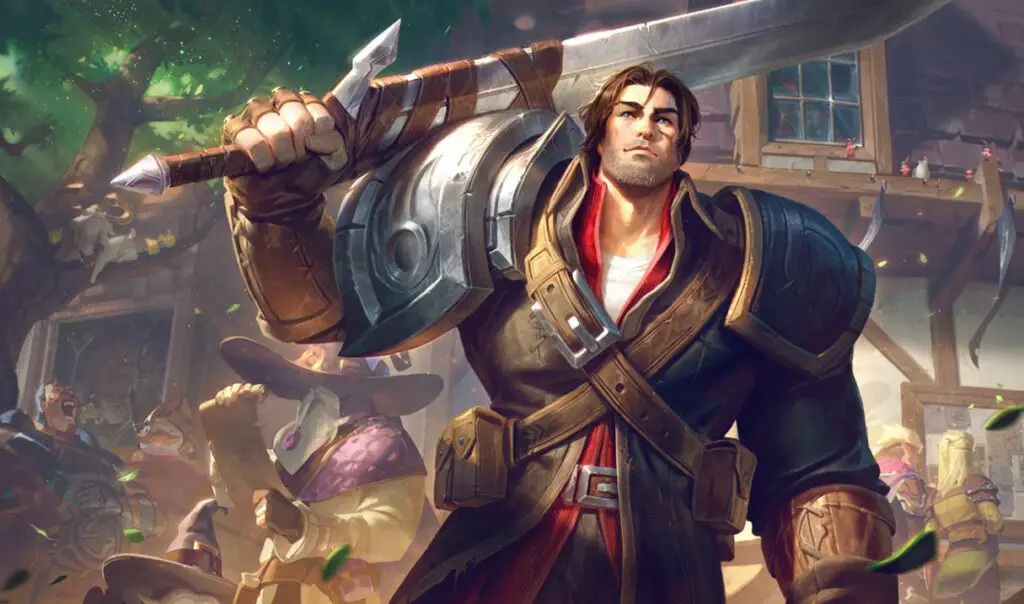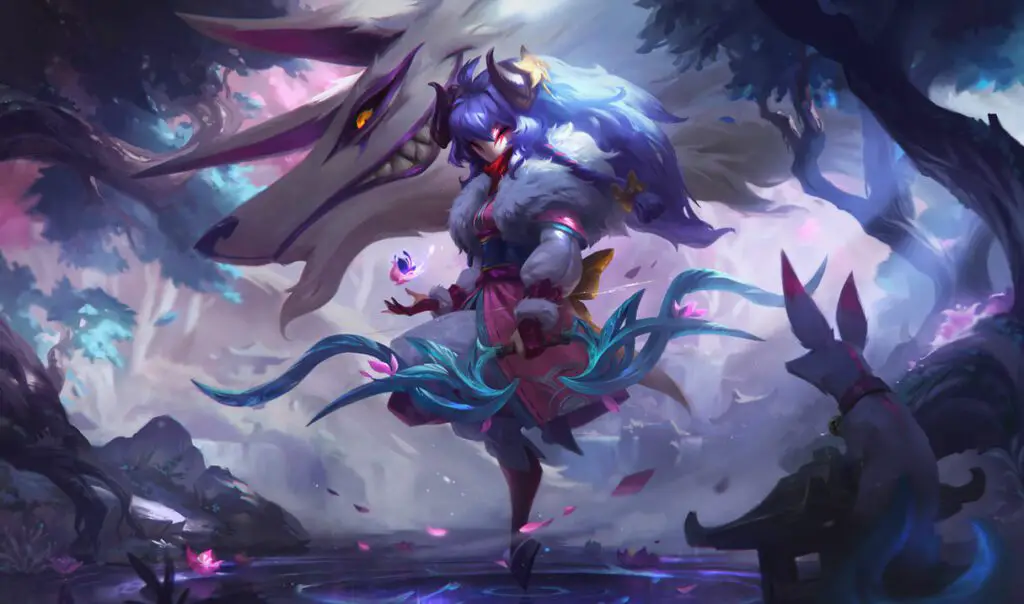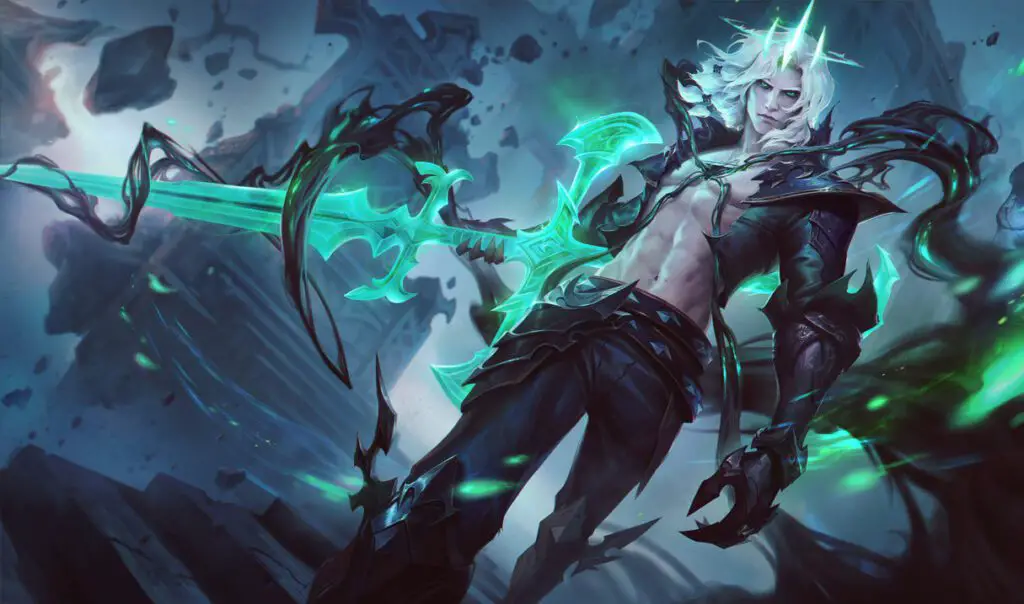The evolution of the League of Legends (LoL) meta is a testament to the ever-changing landscape of this popular multiplayer online battle arena (MOBA) game. Throughout the years, numerous updates and patches have shifted the way players approach the game, giving rise to new strategies and team compositions. In this article, we will dive into the history of the LoL meta, highlighting key moments and exploring the factors that have shaped its development.

The Early Days of League of Legends
The Birth of the Meta
In its early days, League of Legends was a relatively simple game with a limited champion pool and item selection. However, as players began to understand the game’s mechanics and champion synergies, the concept of the “meta” emerged. The meta, short for “metagame,” refers to the game’s evolving strategy and the most effective tactics to achieve victory.
Early Strategies and Team Compositions
During this time, players experimented with various strategies and team compositions, often opting for “fun” picks and prioritizing personal playstyles over optimal choices. As the game matured, however, players began to recognize the importance of roles and positioning, leading to the standardization of the 1-1-2-Jungle (top, mid, bot, and jungle) setup that still forms the basis of the game today.
The Rise of Esports and its Impact on the Meta
The Influence of Professional Play
The growth of League of Legends as an esports phenomenon had a significant impact on the evolution of the meta. As professional players and teams pushed the boundaries of what was possible in the game, new strategies, champion picks, and team compositions emerged. These innovations quickly trickled down to the larger player base, shaping the meta in the process.
Patch Notes and the Shifting Meta
Another key factor influencing the meta’s development is the frequent release of patch notes by Riot Games. These updates often bring about changes to champion stats, item functionality, and gameplay mechanics, leading to a constantly shifting meta. Players must adapt to these changes in order to stay competitive, ensuring that the game remains fresh and engaging.
Notable Metas Throughout History
Season 1 – The Bruiser Meta


The first official season of League of Legends saw the rise of bruisers – durable, damage-dealing champions – dominating the top lane. This meta favored champions such as Garen, Renekton, and Irelia, who could easily overpower their opponents and carry games.
Season 2 – The ADC/Support Meta
Season 2 ushered in the era of the bot lane carry, with a focus on strong ADCs (Attack Damage Carry) like Ashe, Caitlyn, and Ezreal, supported by utility-focused supports such as Soraka, Janna, and Sona. This meta emphasized the importance of the bot lane duo, with the ADC’s late-game scaling potential often determining the outcome of matches.
Season 3 – The Assassin Meta
The third season brought the rise of assassins, with champions like Zed, Kha’Zix, and Ahri taking center stage. These high-damage, mobile champions could quickly eliminate priority targets, making them a formidable presence in the mid lane and shaping the meta around their strengths.
Season 4 – The Tank Meta
In Season 4, tanks like Maokai, Mundo, and Shyvana dominated the top lane, emphasizing teamfight coordination and objective control. This meta favored champions with strong crowd control and durability, making it more difficult for assassins and carries to shine.
Season 5 – The Juggernaut Meta
The Juggernaut Meta emerged in Season 5, defined by powerful, tanky bruisers such as Darius, Garen, and Skarner. These champions boasted a mix of durability and damage, often snowballing to become unstoppable forces in the later stages of the game.
Season 6 – The Dynamic Queue Meta


Season 6 introduced Dynamic Queue, which allowed players to queue up with a team of any size. This change led to a greater emphasis on coordinated team play and synergistic compositions, with champions like Malzahar, Azir, and Kindred seeing increased popularity due to their ability to excel in well-organized teams.
Season 7 – The Ardent Censer Meta
The Ardent Censer Meta in Season 7 was defined by the dominance of enchanter supports like Janna, Lulu, and Soraka, who could utilize the Ardent Censer item to provide powerful buffs to their ADCs. This meta placed a heavy emphasis on protecting the ADC, leading to a resurgence of hypercarry champions like Kog’Maw and Twitch.
Season 8 – The Scuttle Crab Meta
The Scuttle Crab Meta emerged in Season 8, as changes to jungle experience and the importance of the Scuttle Crab objective shifted the focus towards early game jungle pressure. Champions like Graves, Xin Zhao, and Warwick thrived in this environment, excelling at securing early objectives and setting the pace for the rest of the game.
Season 9 – The Solo Lane Carry Meta
Season 9 saw the rise of the Solo Lane Carry Meta, with powerful champions like Aatrox, Akali, and Irelia taking control of both the top and mid lanes. These champions boasted incredible dueling potential and scaling, often becoming unstoppable forces as the game progressed.
Season 10 – The Objective Control Meta
The Objective Control Meta in Season 10 revolved around securing key objectives such as dragons and the new Rift Herald. Champions like Ornn, Sett, and Aphelios excelled in this environment, thanks to their ability to control objectives and provide teamfight presence. The meta saw a shift towards coordinated team play and objective-focused strategies.
Season 11 – The Mythic Item Meta


The introduction of Mythic items in Season 11 brought a new layer of complexity to itemization, with champions building around their chosen Mythic to amplify their strengths. This meta saw the rise of champions like Seraphine, Yone, and Viego, who could effectively utilize these powerful items to dominate their respective roles.
Future of the League of Legends Meta
As League of Legends continues to grow and evolve, so too will its meta. The game’s developers are constantly tweaking and refining the game’s balance, ensuring that no strategy remains dominant for too long. Players can expect new champions, items, and mechanics to keep the game fresh and engaging, as the meta continues to evolve with each passing season.
The evolution of the League of Legends meta is a fascinating journey through the game’s history, showcasing the creativity and adaptability of its player base. From the early days of experimentation to the more refined and strategic metas of recent years, the game has come a long way. As we look to the future, we can expect the meta to continue to evolve, providing players
FAQs
- What is the League of Legends meta? The meta, short for “metagame,” refers to the most effective strategies, champion picks, and team compositions in League of Legends. It evolves over time as a result of balance changes, player innovation, and the introduction of new champions and items.
- How does the meta affect casual players? While the meta primarily influences competitive and professional play, casual players often adopt strategies and champion picks seen at higher levels of play. As a result, the meta can indirectly shape the experience of casual players as well.
- How often does the meta change? The meta is constantly shifting, with frequent balance updates and patch notes from Riot Games. While some changes may be more subtle, others can lead to significant shifts in the meta and require players to adapt their strategies.
- Can off-meta picks be successful? Off-meta picks, or champions and strategies that don’t conform to the current meta, can still be successful in certain situations. While they may not be the optimal choice, skilled players can often find success by utilizing unconventional picks and strategies to catch opponents off guard.
- What factors influence the meta? The meta is influenced by a combination of factors, including balance changes, player innovation, professional play, and the introduction of new champions and items. These factors contribute to the ever-evolving landscape of the League of Legends meta, ensuring that the game remains fresh and engaging for players of all skill levels.
By understanding the history and evolution of the League of Legends meta, players can gain a deeper appreciation for the game and its many intricacies. As the meta continues to evolve, so too will the strategies and champion choices that define success on Summoner’s Rift. Whether you’re a casual player or an aspiring pro, staying informed about the current meta can help you stay ahead of the competition and make the most of your time in the world of League of Legends.
